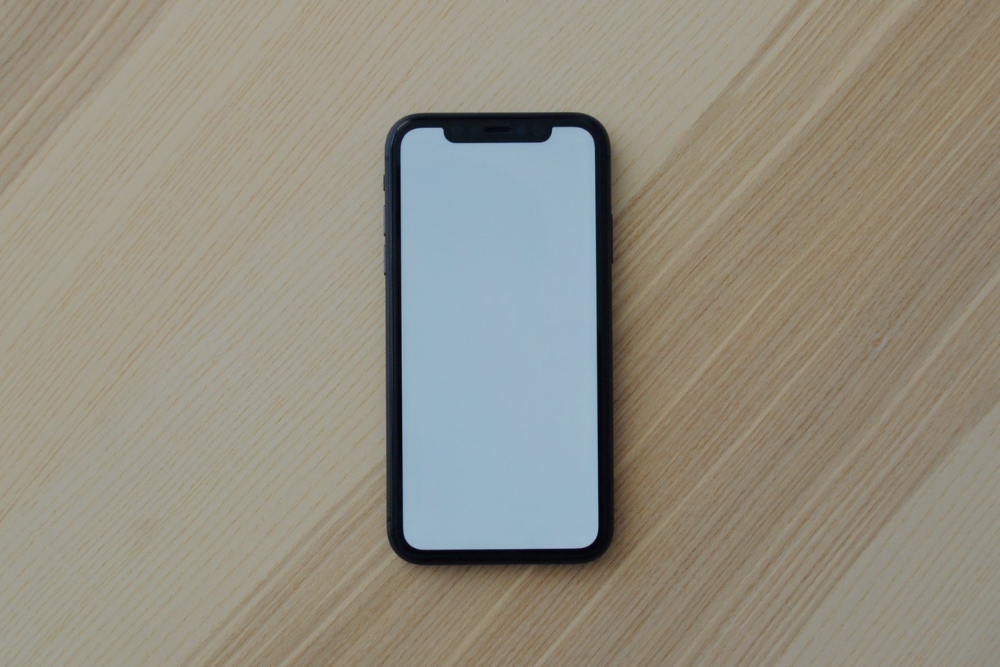The goal of a conversion funnel is to provide a road map for your visitors. This way, you can maximize conversions while providing a pleasant experience for your visitors. However, it is pointless to create an excellent roadmap if your visitors are not compelled to interact with it. The solution to this problem is a firm grasp of the call-to-action button.
Only a persuasive call-to-action will make your visitors take the next step in your conversion funnel. A CTA is a message displayed to visitors to encourage them to take a specific action. It could be anything from providing you with their email address to making a purchase. For this reason, we are here to give you six tips for improving your website’s call-to-action.
1. Make Your CTA Stand Out From the Rest of the Site’s Components
Most website owners believe that website traffic is everything. However, while website traffic is essential, you have a problem if your visitors are not interacting. When you have a sufficient amount of traffic coming to your website, you must use your call-to-action to capture your visitors’ attention. To accomplish this, you need to ensure that the design of your website’s call-to-action is distinct from the design of the rest of your content. It ought to be straightforward while still being all-encompassing. You want visitors to understand what it represents and find it on your website in the correct location.
2. Create a Sense of Urgency With Your CTA
It is critical to employ actionable language while constructing your CTA. This is the first step of customer journey marketing. It would be best to get your visitor to click. To urge visitors to click, you should utilize action-oriented, second-person verbs. You can consider using command statements that ask your visitors to click.
You also need to think about what follows. Think of this process as a chain reaction. You need to entice your visitors to keep clicking until they are at the very end of the process you need them to complete. These phrases are active and powerful, providing consumers a choice while implying that they could miss out on a good deal if they don’t click the CTA.

3. Think About the Design of Your Website’s Call-To-Action
Aside from the CTA, you should also look at the surrounding design elements. This includes your website’s content, images, and overall appearance. The words you use and the design of your website are just the starting point. To maximize the success of your call-to-action, ensure that all of your website’s design elements entice your visitors to click the CTA.
Still, web design is not for everyone, so we understand if you have difficulties improving this aspect of your website. However, you would benefit from a website audit if you don’t know how to make the necessary improvements and where to begin. Hiring professionals to make the necessary checks for you is the best course of action. This way, you will know which parts of your website you need to focus on and which are good just the way they are.

4. Use a Variety of Calls-to-Action
Don’t make the mistake of only using one type of call-to-action. A call-to-action should appear as natural as possible to be effective. If you only use one type of CTA, your visitors will be overwhelmed. As a result, if you want to make this process as seamless as possible, you should use a variety of calls to action. You can use the following CTAs:
- A clickable button: This is the most typical form of a call-to-action. You only need to design a button that encourages site visitors to click on it.
- A clickable piece of text: You can intersperse these calls to action throughout your website’s written content. You need to make it flow with the rest of the text.
- Pop-ups: These calls to action combine the first two we have mentioned. It can be a button with some text on it. These may be in the lower right or left angle or the center of your page.
- Clickable images: These are images on your page containing text or a picture that suggests a call-to-action.
5. Personalize Your CTA To Maximize Conversions From Various Audiences
While it would be ideal if you only had to cater to one audience, this is not the case. In reality, your audience is divided into segments. Different segments have different needs and visit your website for various reasons. That is why there is no such thing as a one-size-fits-all solution for your website’s call-to-action.
Consider the subtle differences in your audience and create CTAs accordingly. If you have many audiences, consider what they are searching for when they visit your site. You need to concentrate on the more fundamental distinctions at first. Many businesses begin their examination of prospects by looking at their age and gender. You might start there and then work out the other details as you go along.

6. Make Your CTA Mobile-Friendly
And the last of the six tips for improving your website’s call-to-action is keeping mobile browsing in mind. According to research, mobile devices account for around half of all online traffic. As a result, your CTA should also be optimized for mobile viewing. You can use your page builder plugin’s front end or the device selection settings in WordPress for this purpose.
Google’s Mobile-Friendly Test can also help you see if your site is mobile-friendly. It’s important to consider more than just laptops and desktops. Tablets, which come in various screen sizes, are also popular. Your CTA’s visibility and responsiveness should be monitored across all platforms. Adjust your CTA if it doesn’t work the first time around.







0 Comments